Clarity in the Workplace: Understanding Objectives vs. Outcomes
.png)
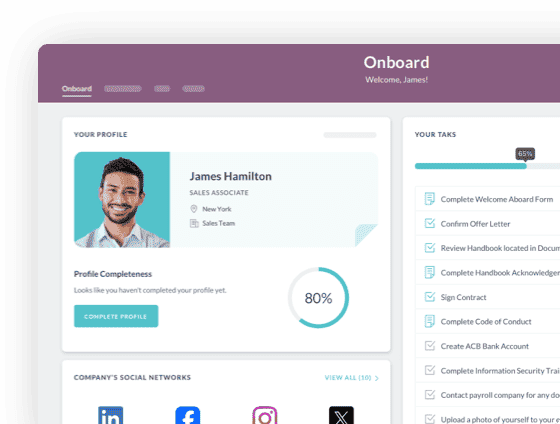

 Cut onboarding time
by 60%—here's the
Ultimate Checklist
that helped do it.
Cut onboarding time
by 60%—here's the
Ultimate Checklist
that helped do it.
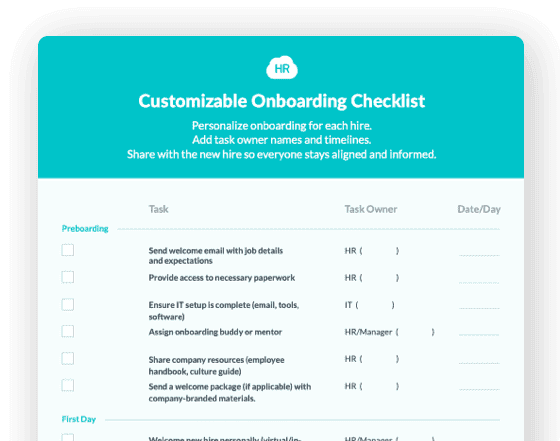
When you start a new project for your business, one of your most important tasks is objective setting and defining measurable goals. Understanding this workplace jargon can be a struggle, and you're unlikely to be confused about what your priorities are, should the performance goals or the larger business outcomes be your top priority?
The important thing to remember is that setting both clear objectives and outcomes will help you elevate your business projects to new heights. They work side by side to keep all your team members on track to meet your goals.
This article will cover the key differences between objectives vs. outcomes and the role they play in workplace success, as well as effective goal-setting techniques to improve employee performance.
Introduction to Objectives vs. Outcomes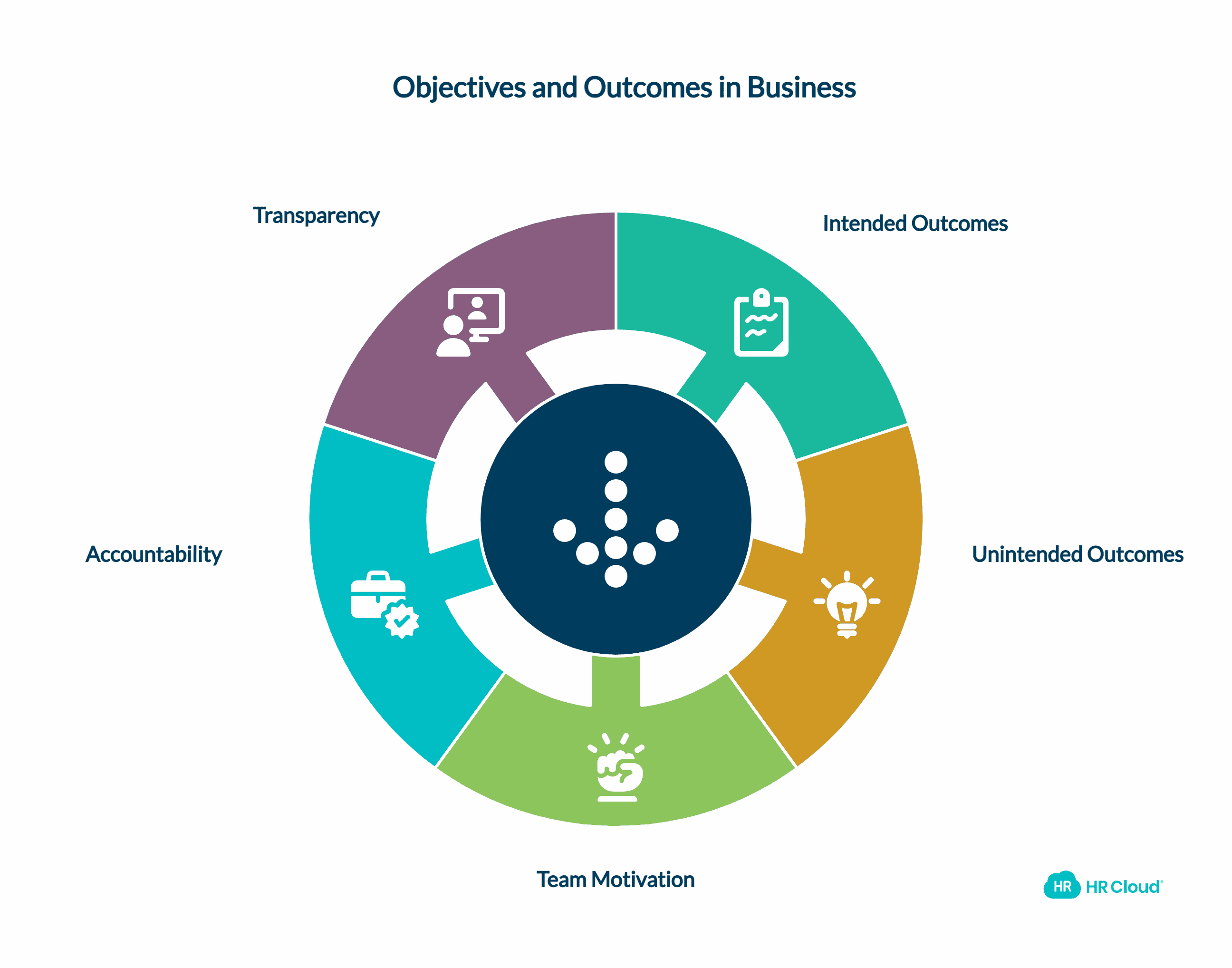
The difference between goals, objectives, and outcomes in the business world is essential. They help you maximize project success so you can meet your performance goals quickly and accurately. Here's a quick overview of objectives vs. outcomes and how they relate to goal achievement.
Defining Objectives
Performance goals are the specific targets you want to achieve as a team. All effective goals and objectives share three things in common: they’re clear, actionable, and aligned with your overall vision as a business.
Clear objectives should guide your entire planning process. Think of them as a way to focus all your valuable efforts and resources so you can track your progress along the way.
Without clear objective setting, you'll struggle to figure out if your efforts are actually working in practice.
A SMART framework is a great blueprint for setting objectives. These SMART goals should be:
1. Specific
2. Measurable
3. Achievable
4. Relevant
5. Time-bound
Instead of saying something vague like, “We want to improve customer service,” a SMART performance goal would be,
“We aim to boost our customer satisfaction score by 10% within the next quarter.” Being so clear will help your team have a clearer target to aim for.
Understanding Outcomes
A successful outcome shows the direct impact you enjoy from achieving your performance goals. A successful business outcome will meet your predefined goals to a T so you can meet your vision.
Outcomes can be both intended and unintended. Intended outcomes are what you aim for when you set your clear objectives in the first place. If your goal was to boost sales, a successful outcome would show you hit that target head-on.
However, unintended outcomes can also pop up along the way—these are unexpected benefits that you didn't expect, like a boost in morale or helping business decision-makers. They weren't your original goal, but they still improve the way you run your business.
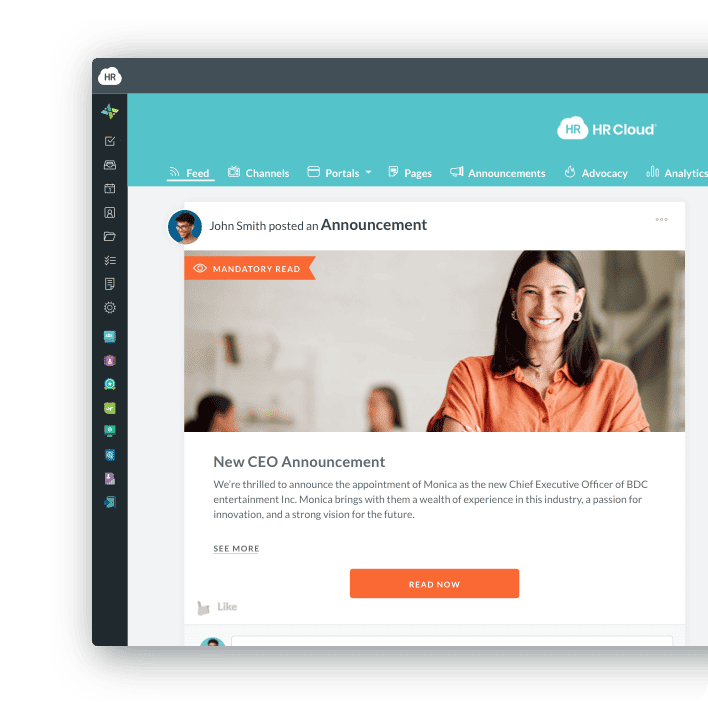
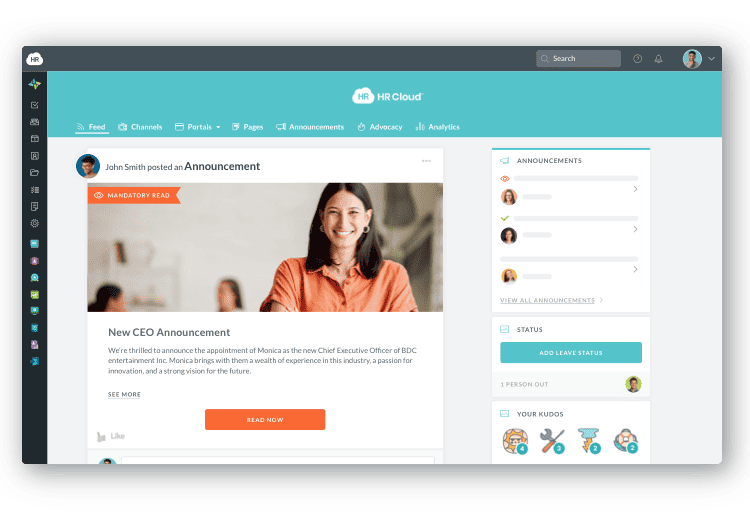
The Importance of Distinguishing Between Outcomes vs. Objectives
Understanding the difference between performance goals vs. business outcomes is essential for curating a thriving team motivated to work. Giving them much-needed clarity creates a solid roadmap for planning your current and future concepts so everyone knows what they’re working toward.
A collaborative platform can facilitate this understanding by connecting individual roles to team objectives, ensuring everyone sees how their contributions impact the larger picture.
It also fosters accountability and transparency. Team members can take more ownership over their roles. Plus, when everyone is aligned on your core goals and outcomes, you can better collaborate as a team.
The Role of Objectives in Workplace Success
Setting your performance goals early will help you properly plan your projects, meaning you'll find it easier to create your roadmap toward success. Here's the main role that clear objectives play in your workplace success.
Aligning Objectives with Organizational Goals
Setting your performance goals early is key to planning your projects early on in the process. One of the main roles objectives play in your workplace is aligning them with your broader organizational goals. Utilizing a platform designed for goal-setting and tracking can enhance clarity and alignment within your team, making it easier to define and achieve these objectives.
When your team’s goals are in sync with the bigger picture, everyone knows how their efforts are contributing to your overall success. Aligning team and organizational goals not only keeps everyone focused but also improves how you collaborate with other teams.
Setting Clear Expectations
Setting clear expectations starts with openly communicating your performance goals to the team. When everyone knows the goals, you can avoid confusion, as everyone will be on the same page. Be specific about what you want to achieve and why it matters to the business.
Even better, when team members feel responsible for their goals, they’re more likely to stay engaged and motivated at work. So, take the time to communicate your clear objectives—it’s certainly a game-changer.
Reviewing and Adjusting Objectives
If you want to stay on track, you'll need to regularly review goals. As you know, things change fast - your goals need to adapt alongside these changes.
Checking in on your performance goals will help you spot what’s working and what needs tweaking. Remember, it isn’t all about hitting your targets. You also need to embrace a culture of change when setting these objectives.
Remember to embrace flexibility and make sure you're able to pivot when necessary. Doing this will make your team far better equipped to tackle any challenges that arise head-on.
The Significance of Outcomes in Evaluation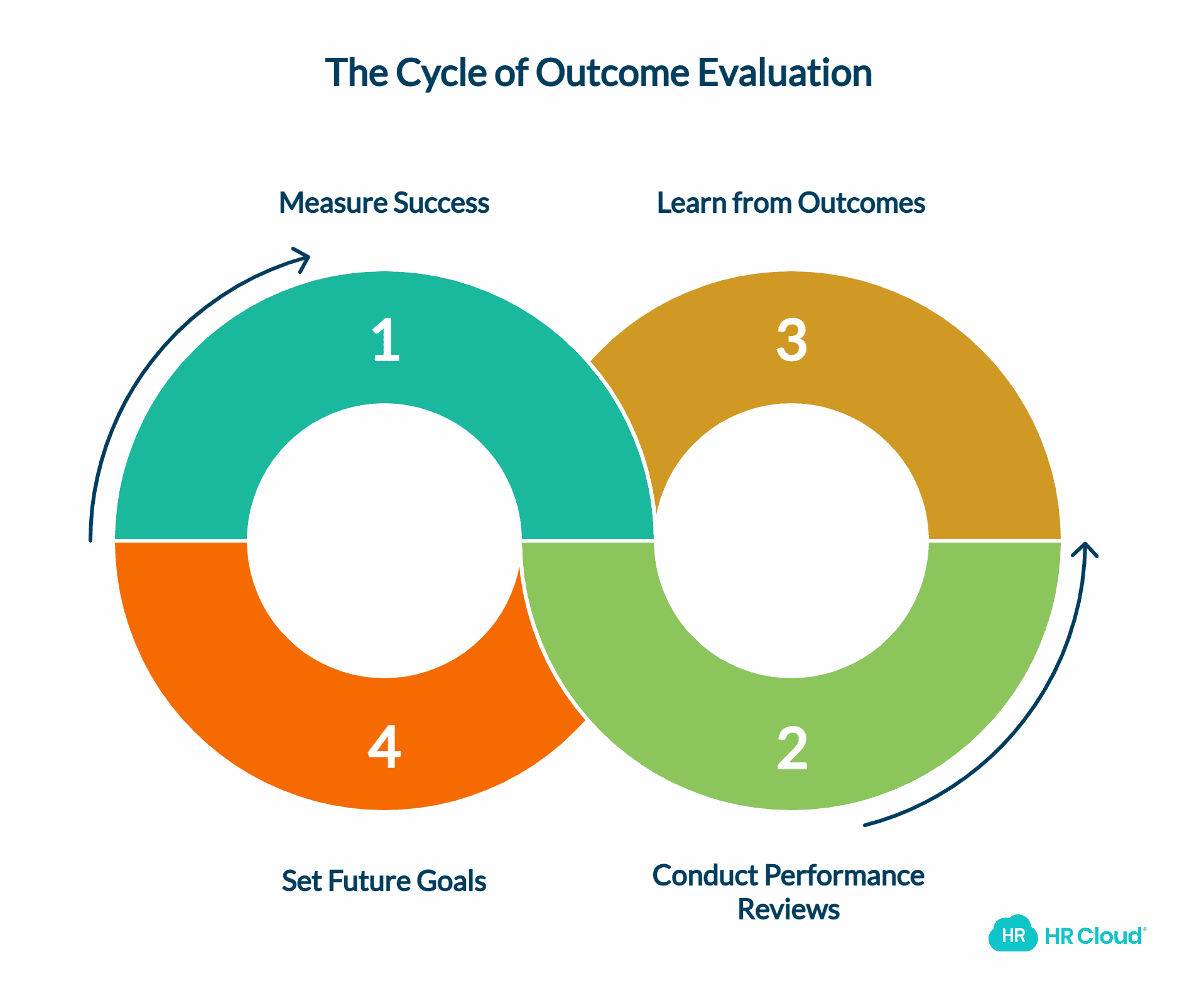
Without evaluating what you're doing right and how you can improve, you'll struggle to keep your business innovative. By analyzing your business outcomes as part of the evaluation process, you can properly measure your success. Here's why they're so significant.
Measuring Success through Outcomes
Measuring success means looking closely at all your business outcomes using your key performance indicators (KPIs).
These metrics are all about gauging how well you’re achieving your performance goals. Don’t forget to balance quantitative measures—like sales numbers or project completion rates—with qualitative insights, like your team feedback or how satisfied your customers are.
Leveraging tools like performance management will provide insights into both quantitative data and qualitative feedback and can create a balanced view of progress.
The Role of Outcomes in Performance Reviews
Business outcomes are essential when it comes to carrying out performance evaluations. They help you connect what employees actually achieve, i.e., how well they’re doing as individuals and as a team.
By focusing on their individual outcomes, you can create a fair and clear way to evaluate everyone’s contributions. By outlining these, your team members can see how their efforts make a difference, which motivates them to keep pushing for better results.
Peer-to-peer performance recognition is also made possible by understanding all your outcomes.
Learning from Outcomes to Drive Future Performance
Learning from your business outcomes is the key to improving your performance for the future. One effective way to do this is by carrying out a post-mortem analysis of all your outcomes after you finish wrapping up a project. This helps you understand what went well and what didn’t.
Look at case studies of both successful and unsuccessful outcomes. Ask yourself:
-
What strategies worked?
-
What could have been done differently?
Connecting these lessons back to your future goal setting will help you make smarter goals that build on all your past experiences. It keeps your team growing and improving!
It's also a great way to uncover individual efforts and appreciate your employees' hard work.
The Interrelationship Between Objectives and Outcomes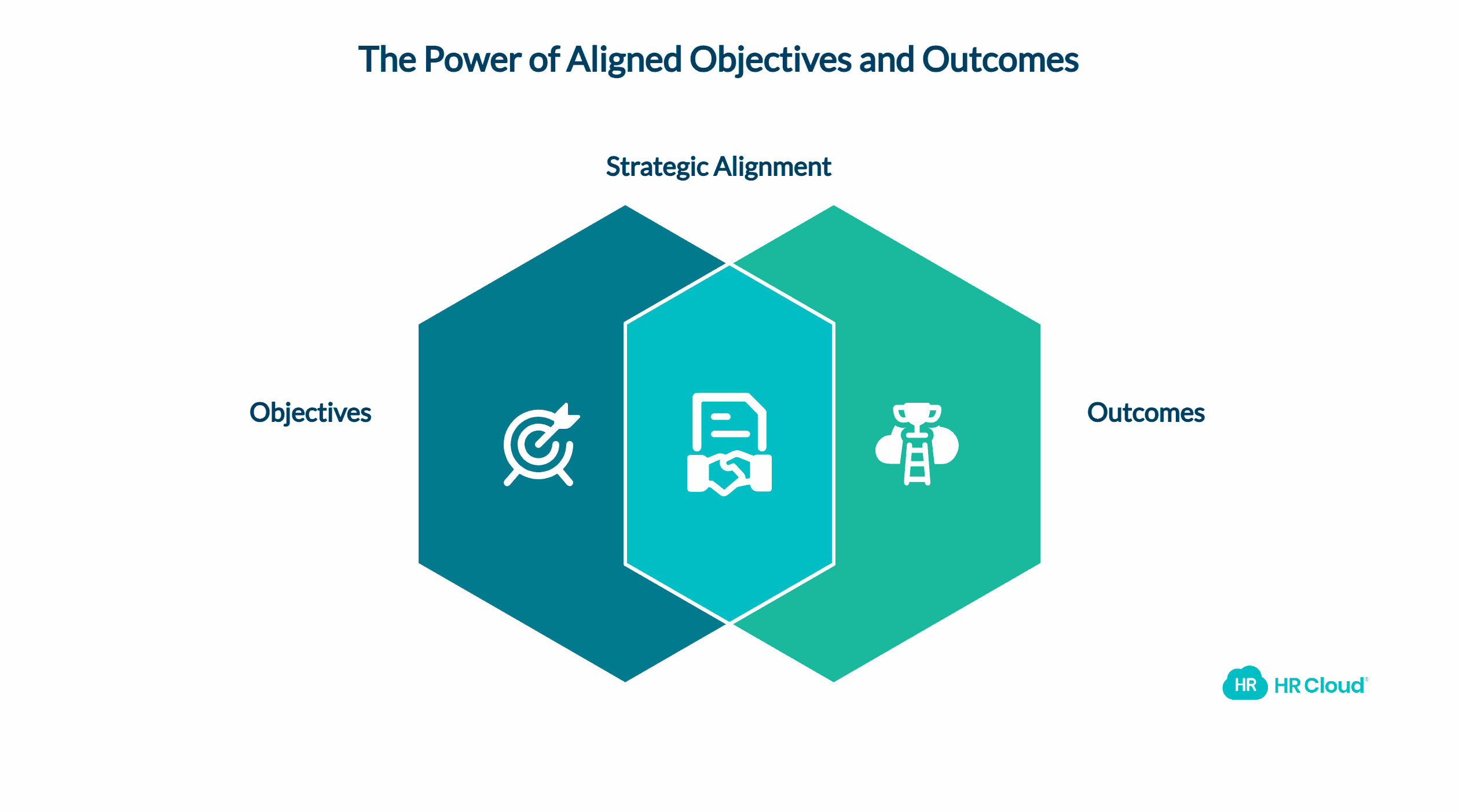
Performance goals and business outcomes have a close relationship in the business world.
Clear objectives set the stage for what you want to achieve, and the outcomes are the results of those efforts. When your objectives are well-defined, you’re far more likely to see positive outcomes.
Let's say your goal is to increase your customer satisfaction levels by 20%. The expected outcome might be improved feedback scores or repeat business. This alignment between goals and outcomes creates a far clearer path to success.
Of course, there are some common pitfalls when it comes to misaligning both your objectives and outcomes. If your goals are too vague, the resulting outcomes can be misleading.
For instance, if you set an objective to “increase engagement,” without any specifics or percentages, you might find yourself with high activity levels, but they don’t actually translate to meaningful results.
Final Thoughts
Understanding performance goals vs. business outcomes and the positive role they play in business will help you wrap up all your projects successfully.
We’ve learned that clear objectives set the stage for your effective planning, while outcomes measure the impact of all those efforts. Together, they create an easy-to-follow roadmap for achieving your goals as individuals and as a team.
Objectives and outcomes in the workplace will continue to evolve in the future. Being adaptable and open to new approaches will help your team thrive.
 Discover how our HR solutions streamline onboarding, boost employee engagement, and simplify HR management
Discover how our HR solutions streamline onboarding, boost employee engagement, and simplify HR management
FAQs
1. What is the main difference between objectives and outcomes?
Objectives are the specific performance goals you aim to achieve, while outcomes are the actual results of your efforts.
2. How can I effectively set objectives for my team?
Start by making your goals clear and specific. This is made much easier using the SMART framework—make them Specific, Measurable, Achievable, Relevant, and Time-bound. Communicate these goals for employees, and encourage their input to ensure everyone is on board!
3. What are some common mistakes to avoid when measuring outcomes?
Avoid relying solely on your quantitative data or focusing too much on just one outcome. Always carefully balance the raw numbers with qualitative feedback from your customers.
4. Can an outcome be deemed successful if it doesn't align with the original objective?
Sometimes, unexpected outcomes can help you uncover some much-needed insights or opportunities. While it’s great to meet your original goals, don’t overlook the positive results that come from staying flexible along the way.
5. How often should objectives and outcomes be reviewed?
Aim to review goals and outcomes regularly—think quarterly or at the end of major projects. This keeps everyone aligned and allows you to adjust goals based on what’s working or changing in your business environment.
Author:
This article is written by a marketing team member at HR Cloud. HR Cloud is a leading provider of proven HR solutions, including recruiting, onboarding, employee communications & engagement, and rewards & recognition. Our user-friendly software increases employee productivity, delivers time and cost savings, and minimizes compliance risk.
Keep Reading
Clarity in the Workplace: Understanding Objectives vs. Outcomes
When you start a new project for your business, one of your most important tasks is
Like What You Hear?
We'd love to chat with you more about how HR Cloud® can support your business's HR needs. Book Your Free Demo

Build a Culture of Recognition. Boost Engagement. Guaranteed.
Workmates empowers employees to stay informed, connected, and appreciated—whether they’re on the front line, in the office, or remote. Recognition drives 12x higher engagement.Trusted by industry leaders in every sector




Cut Onboarding Costs by 60%.
Take the confusion and follow-ups out of onboarding with automated workflows, digital forms, and structured portals—so new hires ramp faster 3X quicker.Trusted by industry leaders in every sector




